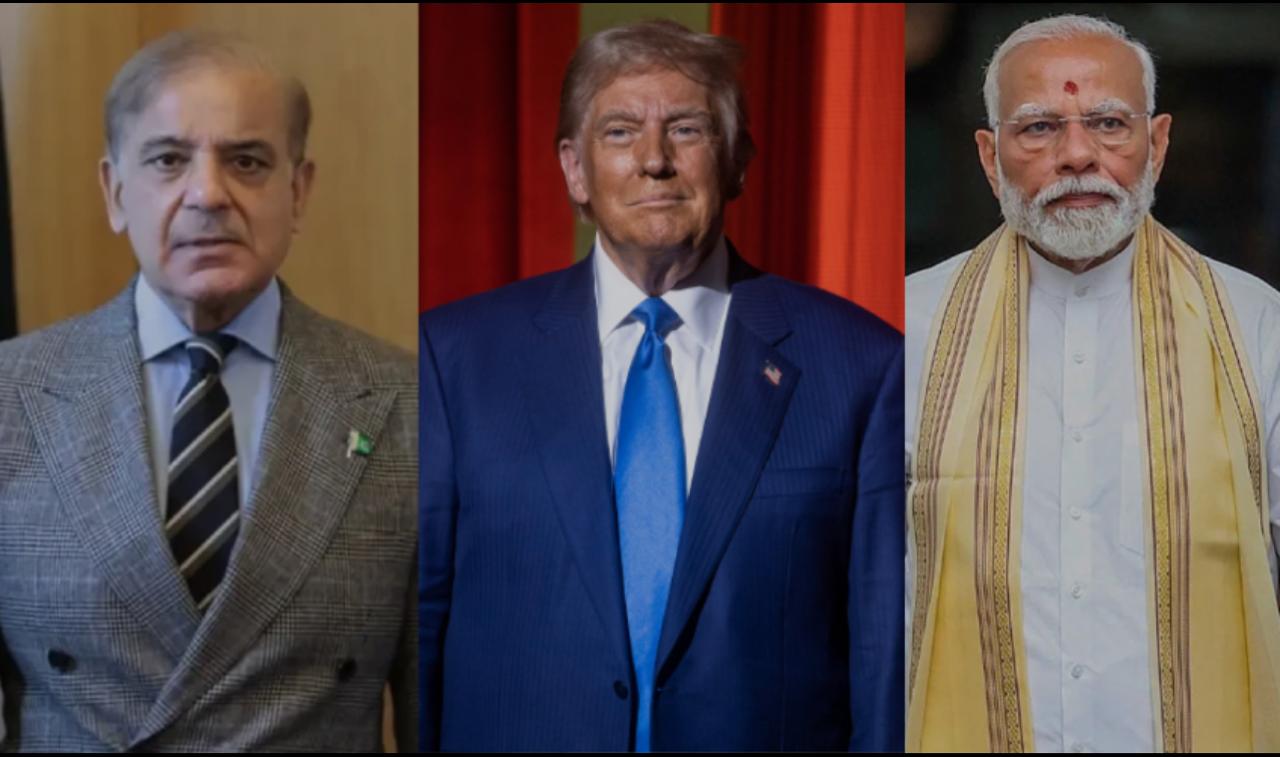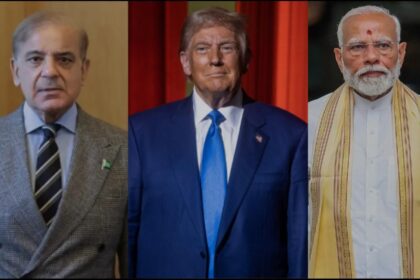Title: 🇮🇳🇵🇰 India-Pakistan Ceasefire Agreement 2025: A Fragile Truce or a Path to Peace?
Overview
In a surprising yet hopeful turn of events, India and Pakistan have agreed to a full and immediate ceasefire following weeks of escalating border tensions, cross-border shelling, and military posturing. The truce, brokered with the support of the United States, was announced on May 10, 2025, marking a crucial moment in South Asian geopolitics.
But how stable is this peace? And what does it mean for the region?
Ceasefire Announcement: The Diplomatic Innovation
The ceasefire was declared after intense overnight debate, reportedly mediated by the U.S. government. In a statement released by the White House, President Donald Trump confirmed that both countries had “agreed to cease all opposition” across land, air, and sea, effective immediately.
Key Points:
- Ceasefire took effect at 17:00 IST on May 10, 2025
- Covers all active military fronts, including the Line of Control (LoC) and international borders
- Joint communication from India’s and Pakistan’s DGsMO (Directors General of Military Operations) confirmed the agreement
Ceasefire Violations Reported Within Hours
Despite the announcement, multiple violations were reported shortly after the truce came into effect. Explosions and artillery shelling occurred in key conflict zones including:
- Srinagar and Jammu
- Rajouri and Akhnoor sectors
- RS Pura and border areas near the International Border (IB)
Indian military sources also reported drone incursions into Indian airspace, prompting activation of air defense systems. Pakistan’s foreign office has denied any breach, calling for mutual verification before attributions are made.
Global Reactions: Support and Caution
The international community has welcomed the ceasefire, but remains cautious given the long history of broken truces between the two nuclear-armed neighbors.
Reactions from global powers:
- United States: Applauded both countries for showing coldness; offered to continue facilitating dialogue
- China: Urged both sides to “uphold regional peace”
- Saudi Arabia and Turkey: Welcomed the development and emphasized the need for long-term peace
The Nuclear Shadow: Risks Still emerge
The ceasefire significantly reduces immediate threats, but the underlying risks of miscalculation remain high. Both India and Pakistan possess nuclear weapons and lack formal crisis management mechanisms.
Experts warn that without sustained diplomatic efforts; any future incident could once again trigger a dangerous escalation.
The Road Ahead: Will Peace Hold?
Military officials from both countries have scheduled follow-up talks on May 12, aimed at reinforcing communication channels and preventing further violations.
However, for the ceasefire to last, experts suggest:
- Establishing hotlines for instant conflict resolution
- Strengthening border monitoring and verification protocols
- Engaging in broader diplomatic dialogue, including discussions on Kashmir
Conclusion: A Fragile but Valuable Opportunity
The 2025 ceasefire agreement offers a rare window for peace in a historically volatile region. While early violations raise concerns, the international focus and public pressure may help both governments stay committed to dialogue.
For India and Pakistan, this truce is not just about suspended gunfire—it’s a chance to prioritize the well-being of over 1.5 billion people who deserve stability, progress, and hope.
Stay Updated with News Flur!
Follow us for real-time coverage on this developing story. Subscribe for expert analysis, verified reports, and South Asia’s most critical updates.






